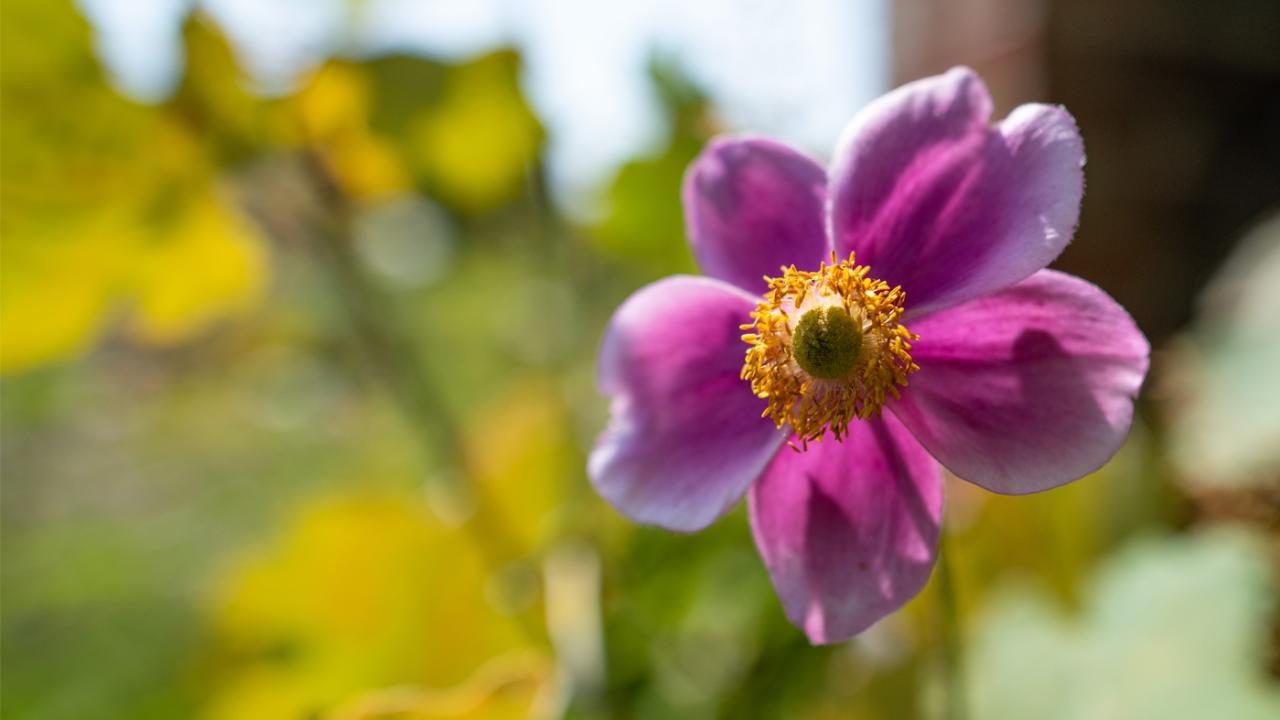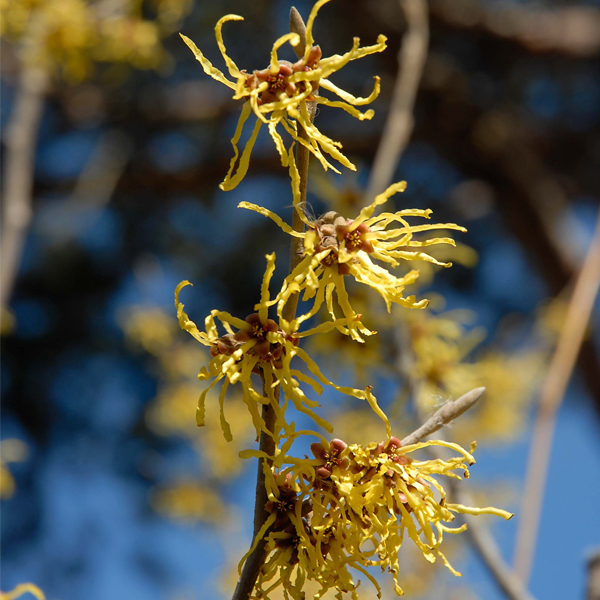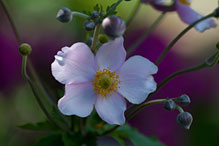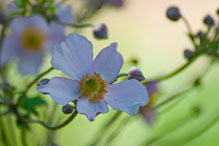

Anemones, Fall-blooming
Anemone spp.
While few of us who garden in the Midwest look forward to cold weather, we do welcome the autumn palette, especially when it announces itself gradually, very gradually. Change is good, we say, as we bid farewell to lavender, frothy pink, cerise, and soft yellow, and discover the hearty pleasures of pumpkin, mustard, eggplant, and olive (we’re speaking of colors, not crops).
Fortunately for us, the Chicago Botanic Garden has done our homework.
The Plant Evaluation Program studied fall-blooming anemones for six years, consolidated their observations and research, and summarized all in Plant Evaluation Notes #25. While they found that some varieties spread quickly, moving from attractive mounds of green foliage to more of a ground cover after merely a few seasons, other varieties struggled, especially when newly planted and subjected to the severe weather the Upper Midwest is famous for. A few “fall bloomers” flowered as early as July, while others continued to wave their pastel flowers well into deep and dark autumn. A thorough reading of thePlant Evaluation Noteswill help you select the best plant for your needs — and isn’t that what we gardeners all want?
One of the most appealing features of fall-blooming anemones is the foliage.
How many late-blooming plants give gardeners such a gift — mounds of emerald leaves to accompany everything else that’s happening in the spring, early summer, and late-summer garden?
This foliage remains relatively healthy and free from insect or disease problems. What might mar the edges of the leaves are poor drainage or scorch. This past summer was quite a challenge for gardeners. Many of us experienced periodic flooding in parts of the backyard, as well as blazing heat, especially in late afternoon. Both conditions ratted up the leaves of my anemones, and in some cases the plants actually drowned. But these were newly planted and the weather was horrible, so I’m forgiving them.
They do tolerate partial shade but not poor drainage, whether in summer or winter, so site your plants carefully. Their bare, round stems are often compared to waving wands with glistening flowers sitting atop — a habit that makes an ideal front-of-the-border, see-through plant (be sure to select the nonflopping cultivars for this purpose). Depending the cultivar, anemones can grow from about 2 to 4 feet. The longest to bloom topped out at more than 60 days, with some plants still flowering well into November!
Enjoy fall anemone wallpaper for your computer!
Click on an image below to download.







